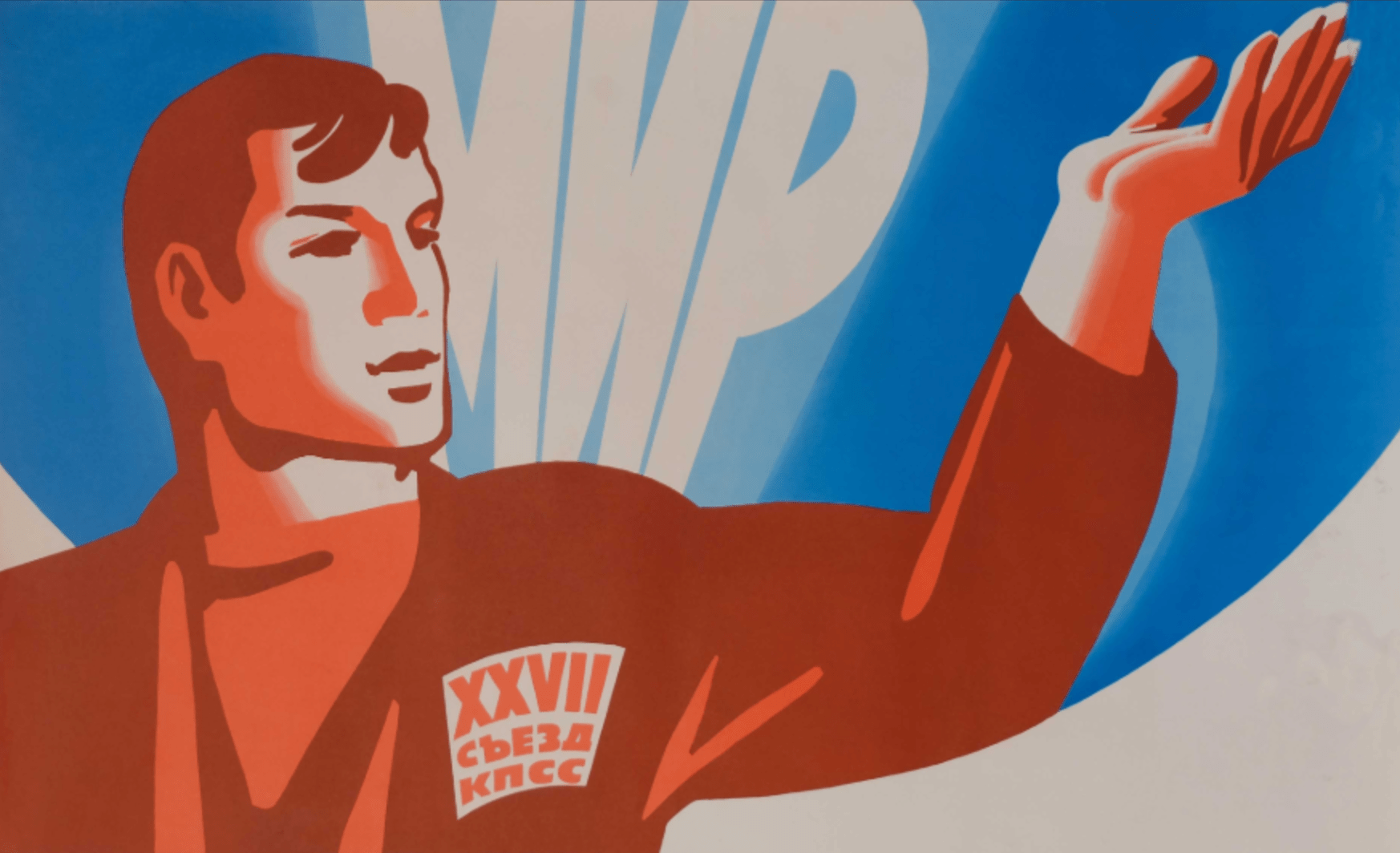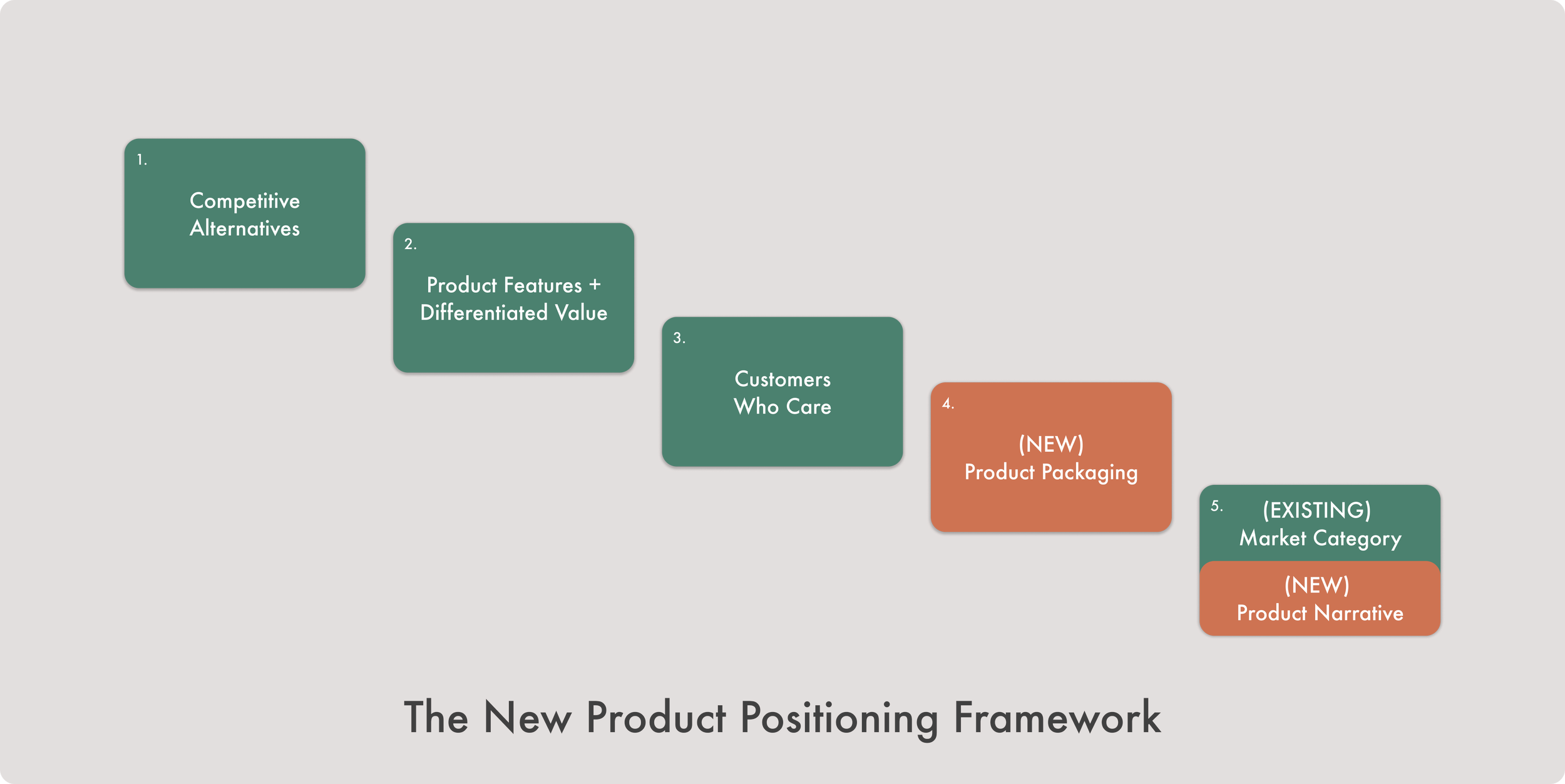Beyond Positioning: Why Packaging & Narrative Matter
Companies don’t fail because they run out of money; they fail because they lose clarity first. Positioning is clarity. It unites internal GTM teams—marketing, sales, customer success, and product—so everyone is moving in the same direction. Done well, positioning feels like a collective sigh of relief. That’s the leading indicator. The lagging indicators are even more concrete: pipeline growth, faster sales cycles, and more paying customers.
Yet, the first few times I positioned a product, the outcome felt lacking - a spreadsheet filled with insights but little impact. Sure, you can uncover the differentiated value of your product and target the customers who care, but without Product Packaging, sales teams will struggle to sell ill-defined and complex products. Without Product Narrative, it's difficult for marketing tie your product to the broader market shifts that drive urgency, leaving prospects indifferent.
Positioning 101: The existing framework
April Dunford’s positioning framework is the gold star standard. It’s the foundation of all my positioning work. The framework makes it easy to explain positioning to founders and stakeholders, helping them understand its importance and commit to the process. The framework is built around four key steps:
Competitive Alternatives – Why are your target customers choosing a competitor, building their own solution, or doing nothing at all?
Differentiated Product Features and their Value – What are the unique features of your product, and what value do they provide?
Best-Fit Customers – Who are your ideal customers? What are their pains, triggers, and success metrics?
Market Category – What is the market category that your best-fit customers place you in - the one where you can compete and win?
These steps provide clarity on where your product fits and how it stands out. However, as effective as this framework is, it doesn't fully address the next critical question: how do we package and sell the product in a way that drives customer action?
This is where the missing layers—Product Packaging and Product Narrative—come in.These aren’t entirely new ideas, but they’re are overlooked during the current positioning process. These two additional stages transform positioning into something real and actionable. Here's how they complement the existing framework:
Product Packaging defines how your products are structured based on how customers actually want to use them. Clear packaging simplifies your go-to-market by making your products easier to understand, price and sell.
Product Narrative frames the future of your customers’ industry, highlighting the opportunities for the ones who adapt and the risks for those who don’t. It also ties your product to this market shift, creating urgency and driving your customers to act now.
Product Packaging: Moving away from feature soup
Prospects are confused by products because they’re not packaged clearly. As companies grow, it gets harder to tell where one product ends and another begins. Many products are bundled based on how teams are organised internally or outdated assumptions, rather than how customers actually use them. This happens at every stage - from Seed to Series A and B, through to public companies - and it leads to friction both internally and externally. Almost every product I’ve positioned has faced one or both of the following challenges:
The product is too complex. It’s difficult for the sales team to sell and for the customer to understand.
Pricing isn’t aligned to value. Customers are paying for features they don’t want or use.
These challenges can be solved through product packaging. By grouping features into distinct packages based on how the customers actually use them, customers better understand their value. They pay only for what they use, avoiding the overwhelm of unnecessary features.
As your product becomes more engrained into your customers day-to-day workflow, they will naturally progress to needing more advanced features. This is the Customer Maturity Journey—a structured approach to selling your product and creating an upsell path. Before the Market Category step in positioning, add Product Packaging. Here's how:
Map your customer's maturity journey. Identify two to three stages based on how customer needs evolve. For example, a business buying its first customer support platform starts with ticket management but may later require workflows and advanced reporting.
Group features by stage. Take every feature from your "Differentiated Product Features" list and assign it to a stage based on when customers first use it. Features used across all stages go into the first stage.
Move to productisation. These feature bundles become your products, aligned with how customers get value and creating a natural upsell journey.
How Climatiq aligned their products to the customer journey
Climatiq provides a carbon calculation API that companies like Salesforce, Celonis, and Snowflake use to convert their customers' activity and spend data into carbon insights for emissions reporting and reduction. Climatiq’s API was a single product, but it did many things, and the pricing was difficult to explain to customers. So we added a customer maturity journey - just two stages:
Measurement: Companies must first measure their carbon footprint before they can reduce it.
Action: Once measured, companies can take action e.g identify their highest-emission activities, compare suppliers, and find reduction opportunities.
This two-step maturity journey (Measurement & Action) is powerful in its simplicity. For companies new to emissions tracking, concepts like scope 1,2,3 emissions, regulatory reporting, offsets, and hotspot analysis can be overwhelming. By grouping features into just these two stages, Climatiq's API value became clear: help companies measure their emissions, then guide them to reduce their footprint.
Packaging for impact: Pricing, roadmaps, and sales content
Packaging products so they’re aligned to how the customer uses and gets value from them isn’t the only outcome. Product packaging informs the pricing, product roadmap and sales content:
Pricing Recommendations - Pricing is a natural extension product packaging. Instead of arbitrary price points, your pricing model should align with how your customers actually use and derive value from your products, with each tier feeling like a logical step in their maturity journey. More on this in another blog coming soon.
Product Roadmap Recommendations - Product packaging aligns internal teams by establishing a common language about the product’s value at different stages of the customer’s journey. During customer conversations, you’ll uncover needs that a customer has at one stage of their maturity journey which your product doesn’t yet address. Use these market insights to inform the product roadmap. More on this in another blog coming soon.
Sales Content - Use your move to product packaging to create individual product pages on your website and sales deck. The pricing page on the website should align to the product packaging.
Creating urgency: The power of a Product Narrative
Once you’ve structured your product to align with the customer’s journey through Product Packaging, the next step is to frame the Product Narrative. While Product Packaging organizes your product for easy understanding and adoption, the Product Narrative drives urgency, showing customers why now is the time to act - connecting your product to the broader shifts happening in your Market Category.
Simply identifying your category isn’t enough—what matters is how you use it. A well-defined Market Category should be a driver of pipeline, not just an internal label. Companies should have a clear stance on the future of their Market Category. If your customers don’t care about your perspective on the market, they won’t care about your product. This is where the Product Narrative comes in. It’s the thread that connects everything—the “so what” that forces prospects to lean in or walk away.
A strong Product Narrative focuses on the future of your Market Category, the shifts reshaping it, and the opportunities for those who adapt and risks for those who don’t. Companies that skip the Product Narrative struggle to translate positioning into a compelling sales pitch, content, or thought leadership. Without it, positioning remains theoretical rather than actionable.
Product Narrative vs. Messaging
A Product Narrative isn’t the same as messaging. Messaging defines your company’s voice, mission, and overarching story, speaking to investors, partners, analysts, and the market at large. A Product Narrative, however, is your specific perspective on a Market Category—one that aligns your product's value to that category.
Steps to building a compelling Product Narrative
Identify Market Shifts: During the positioning process, you’ll uncover shifts in your Market Category that fall into one of four areas: regulatory, economic, societal, or technological.
Showcase the Inevitable Future: Identify the unifying thread between these shifts. What is the logical outcome of these changes? This isn’t about predicting trends—it’s about connecting the dots in a way that feels inevitable. A strong narrative should be obvious once stated. If it feels forced, refine it. Your best-fit customers should nod in agreement when they hear it.
Make It Personal: Relate the market shift to your audience’s reality. Highlight the challenges they’ll face, the opportunities for early adopters, and the risks for those who wait.
Tie Your Product to the Market Shift: Show how your product uniquely addresses these changes. Demonstrate its necessity and how it helps customers navigate the shift—whether by removing friction, automating new requirements, or uncovering new opportunities.
How Climatiq uses Product Narrative to drives urgency
At Climatiq, during the Market Category phase, we identified three major market shifts:
Regulations: Countries are committing to net-zero targets, placing responsibility on businesses through regulations like the Corporate Sustainability Due Diligence Directive (CSDDD), effective in 2029.
Investors: 58% of Fortune 500 companies have net-zero commitments. Without a sustainability strategy, raising capital or going public is becoming more challenging.
Stakeholders: Consumers demand sustainable products. By 2026, 70% of technology leaders are expected to have sustainability performance objectives, according to Gartner.
These shifts are converging to make carbon management as critical to business as profit and cost. The inevitable outcome? Carbon will become the third KPI for businesses. It’s no longer just a compliance issue; it’s a strategic asset that unlocks investment, attracts talent, boosts brand value, and drives efficiency.
We incorporated this narrative into Climatiq’s sales conversations, campaigns, blogs, and social media. The result? A clear, compelling position in the market that prospects can rally behind.
A narrative that sells: Sales content with a purpose
A strong Product Narrative streamlines content creation and boosts the impact of your sales materials.
Sales Deck: Start with your Product Narrative, highlighting the shifts in your market category. Outline the opportunities for those who adapt and the risks for those who don’t. This creates urgency and connects with the customer’s pain. From there, presenting your solution becomes effortless with clearly packaged products aligned to the customer’s maturity journey.
Content: With a strong Product Narrative based on real market shifts, your positioning becomes a platform for thought leadership. Rather than just selling features, your thought leadership builds credibility and trust with prospects, making your product part of a larger movement.
Positioning without execution is just a spreadsheet. Traditional frameworks stop at market category, but the missing steps—Product Packaging and Product Narrative—bridge the gap between strategy and real-world impact. Clear Product Packaging structures products around the customer’s maturity journey, while a compelling Product Narrative ties your product to market shifts, driving urgency. Together, they add clarity, align internal teams, drive pipeline growth, shorten sales cycles, and convert more prospects into paying customers.

